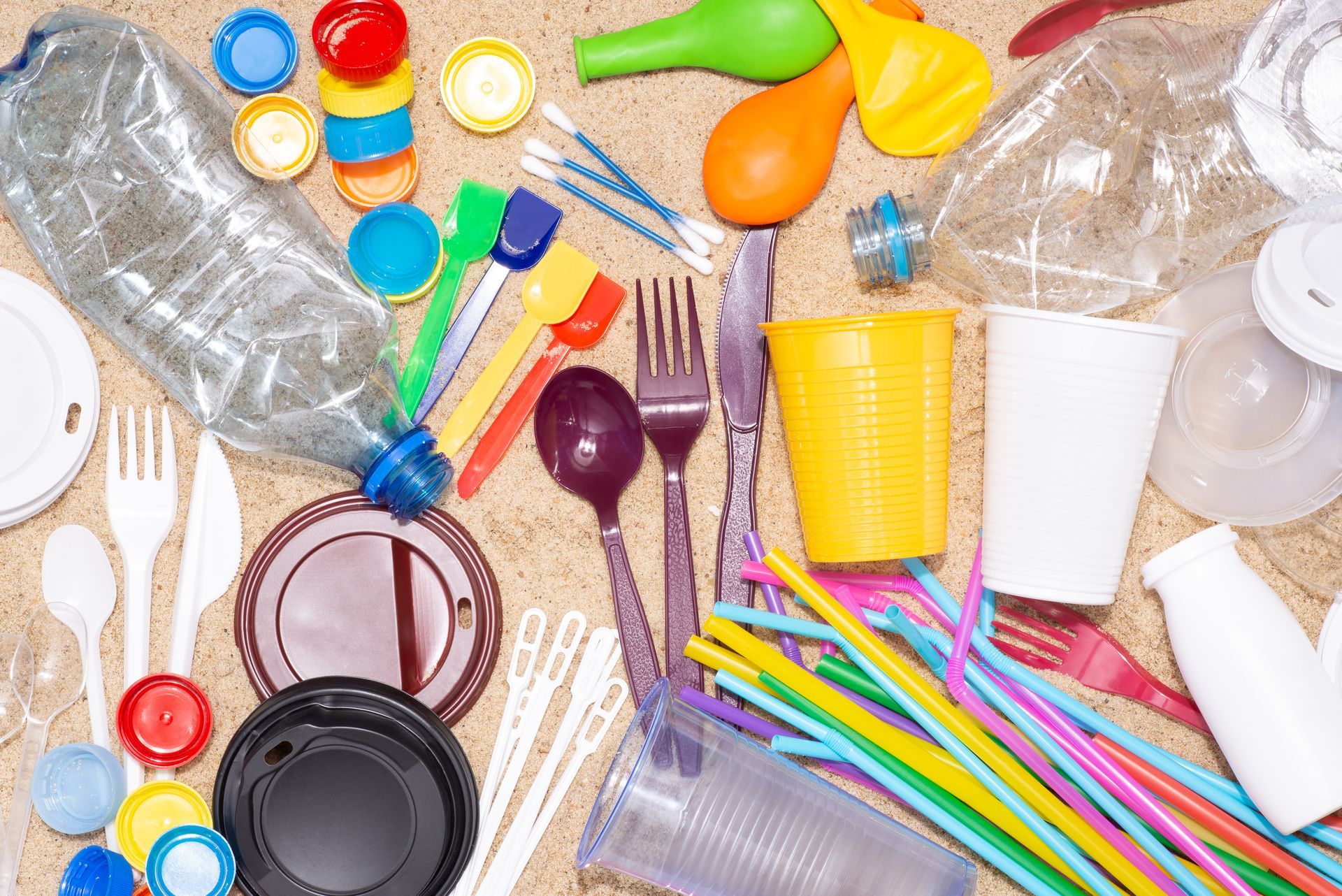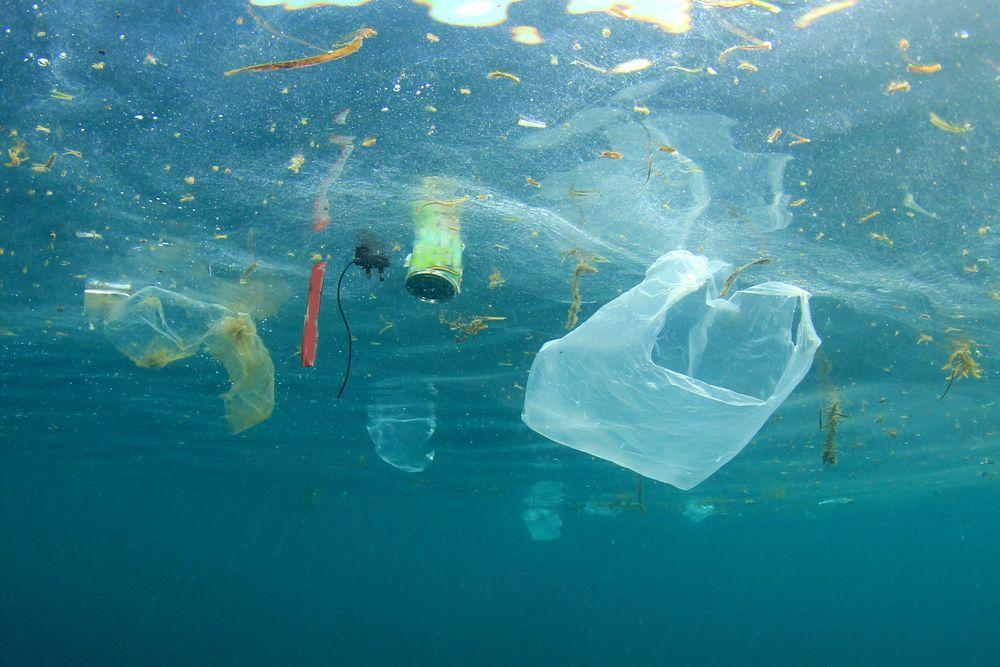Food for Thought: The Hidden Perils of Plastic in Our Daily Meals

In our modern world, convenience often comes at a cost, and one of the subtle yet pervasive challenges we face is the infiltration of plastics into our meals. From packaging to processing, plastics have become an integral part of the food industry, raising concerns about the potential health and environmental impacts. In this article, we delve into the complexities of plastics in our meals, exploring the sources, risks, and potential solutions to mitigate this growing issue.
So, where are these plastics coming from and why are they in our food? In short, these plastics are everywhere because of their versatility and durability have made it a go-to material for food packaging.
From water bottles to takeout containers, the convenience of plastic is undeniable. However, this convenience comes with a downside, as microplastics from packaging can find their way into the very food we consume, posing potential health risks.
Beyond packaging, the processing of food also introduces plastics into our meals. Utensils, machinery, and even conveyor belts in the food industry can contribute to the presence of microplastics in the final product. In a recent study, by CBS News, General Mills was found guilty of incorporating plastics into some of their food products. Even their Annie’s Organic Cheesy Ravioli is tainted with phthalates; among other products, such as, Del Monte sliced peaches and Chicken of the Sea pink salmon.
Consuming something so small can tend to be an out of sight, out of mind situation, but research suggests that the ingestion of microplastics may have adverse health effects, including potential impacts on the endocrine system and inflammatory responses, even high blood pressure, Type 2 diabetes, and cardiovascular disease, according to Mayo Clinic. The long-term consequences of regular exposure to these microscopic particles remain a topic of ongoing investigation, prompting calls for increased awareness and scrutiny.
Plastics not only affect our health but also pose significant environmental challenges. According to
Earth Day there are 24 trillion pieces of microplastic in the ocean. Single-use plastics are a big culprit to pollution as they harm ecosystems and marine life. The ocean life unintentionally consumes these plastics which continues the contamination cycle as they pollutants find their way back into our food chain creating a concerning loop of environmental and human impact.

As awareness of the issue grows, efforts are being made to address plastic infiltration in our meals. Sustainable packaging alternatives, increased recycling initiatives, and consumer education play pivotal roles in mitigating the impact of plastics on our health and the environment. Nature’s Path is currently ranked as the number one sustainable food brand, and Vital Farms is second. To learn more about sustainable food products, visit Sustainable Jungle. Innovations in food packaging and processing are emerging to reduce the reliance on traditional plastics.
The presence of plastics in our meals is a multifaceted challenge that demands attention from consumers, industries, and policymakers alike. As we strive for convenience, it is imperative to balance it with a conscious effort to minimize the impact of plastics on our health and the environment. By understanding the sources, risks, and potential solutions, we can collectively work towards a future where our meals are not compromised by the unseen consequences of plastic contamination.


